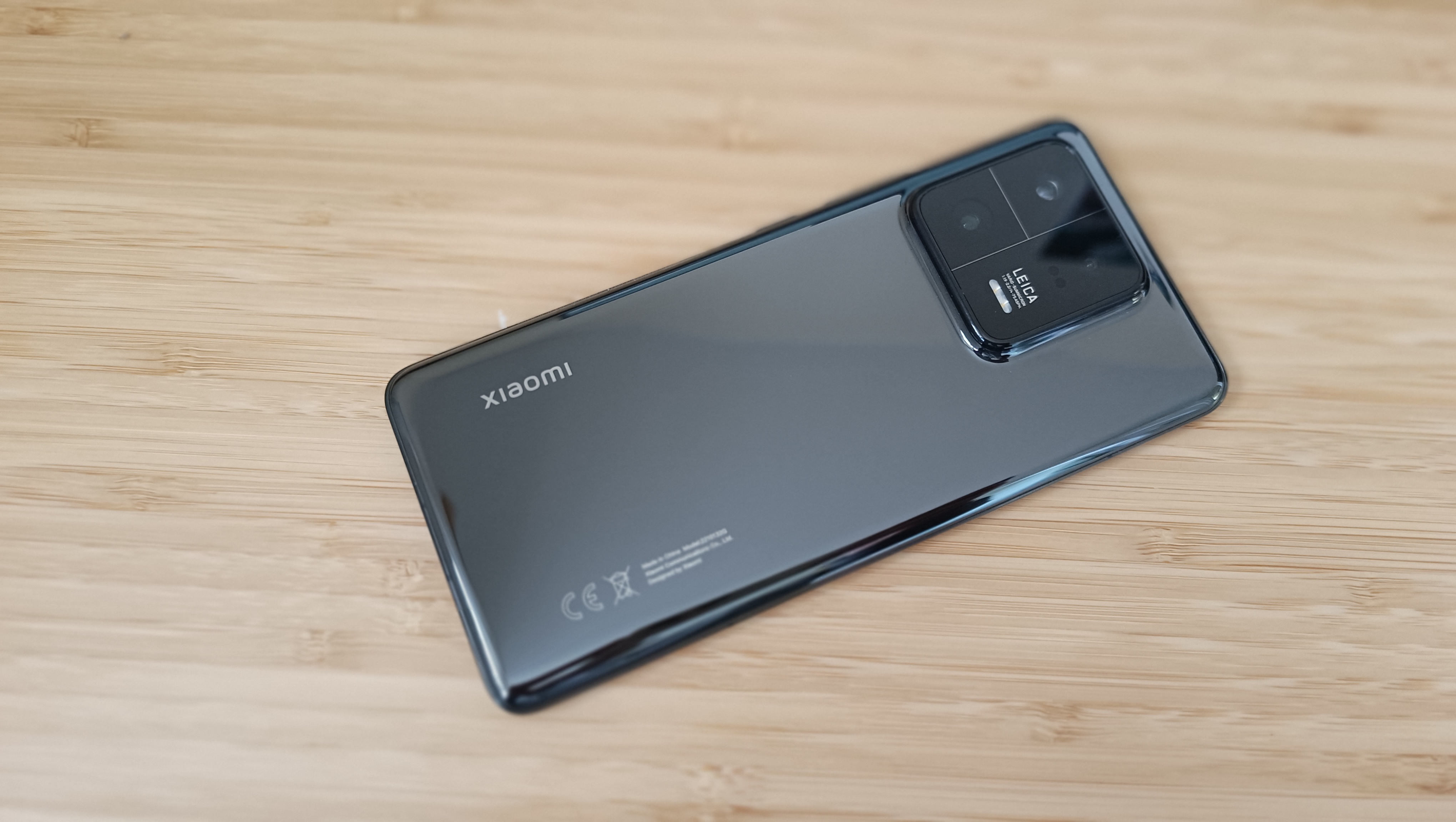
The Xiaomi 13 Pro follows up on last year's impressive 12 Pro, and continues its 'co-engineering' partnership with respected lensmaker Leica to bring what it intends to be market-leading camera performance.
It's a battle royale environment right now among the best camera phones. Samsung and Apple tend to dominate the headlines, with the Samsung Galaxy S23 Ultra and iPhone 14 Pro leading the charge in the pixel wars, but with a 50MP camera, a 1-inch Leica-developed lens and professional internal photography specs, Xiaomi aims to crash the party.
I received a Xiaomi 13 Pro handset to use over a number of weeks, both for taking pictures and using as my day-to-day phone to see just how it is to live with as a main phone. And I can confirm that the flagship party is well and truly crashed...
Xiaomi 13 Pro review: Design & screen
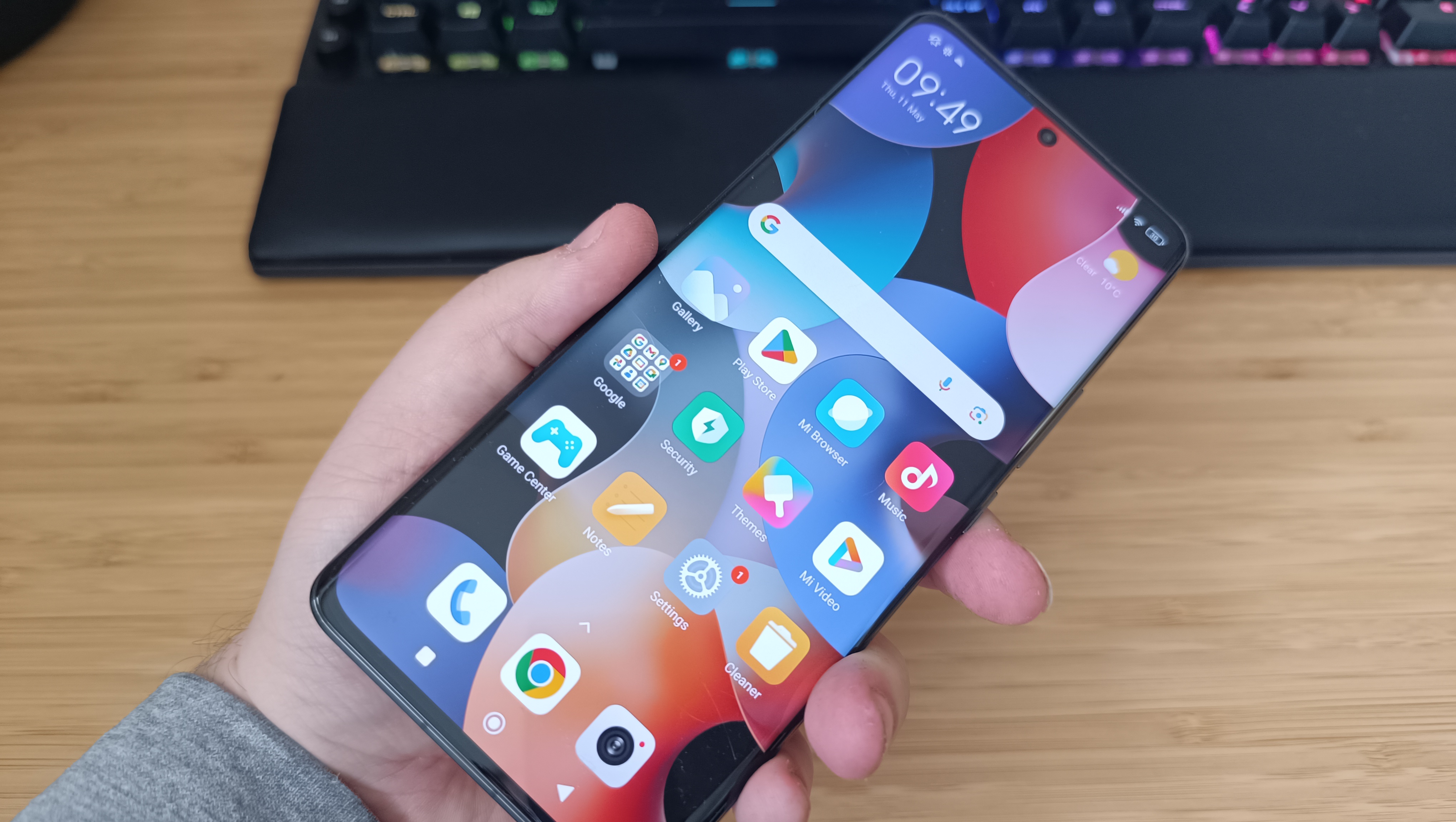
After the textured back of the Xiaomi 12 Pro, the 13 Pro has gone all shiny. The curved front screen, a WQHD 6.73-inch AMOLED display, blends almost imperceptibly into a bio-ceramic-made back, with an enlarged camera notch from its predecessor. It all looks very premium close-up, but a quick glance at its fairly understated look (such as when you're browsing for a new handset), especially in ceramic black (I'm led to believe there's a white alternative available in the UK too) doesn't give you much indication that this phone has a four-figure price tag...
The camera notch protrudes out quite far from the main body, and although the shiny ceramic back may put the fear in you that you'll soon end up with a scratched-out husk of a body, my clumsy hands have so far failed to put a crack or scratch on there (although it is very slippery to hold).
The rear camera notch doesn't lift the phone back too far from the table to affect its Qi wireless charging, though, I'm happy to report. Laying it on its back on my wireless charging pad gets an instant response, so it stayed well-powered throughout my work day.
The screen is a 6.73-inch AMOLED display made from Gorilla glass and is both fantastically bright and sharp. The curved surface combined with the size, though, made for a slightly annoying habit of accidental key selection whenever I was typing with one hand unless I arched my hand and fingers just so in order to definitely not touch the side of the screen. This led to many messages being sent prematurely and an unwanted frequent appearance of the letter 'p' where it didn't belong. But then I'm particularly clumsy.
Watching videos and TV shows on the go on the Xiaomi 13 Pro was a pleasure, even outside in bright sunlight, thanks to its impressive peak of 1,900 nits of brightness. The resolution maxes out an impressive 1440x3200px, giving you a pixel density of 551ppi.
Features and battery
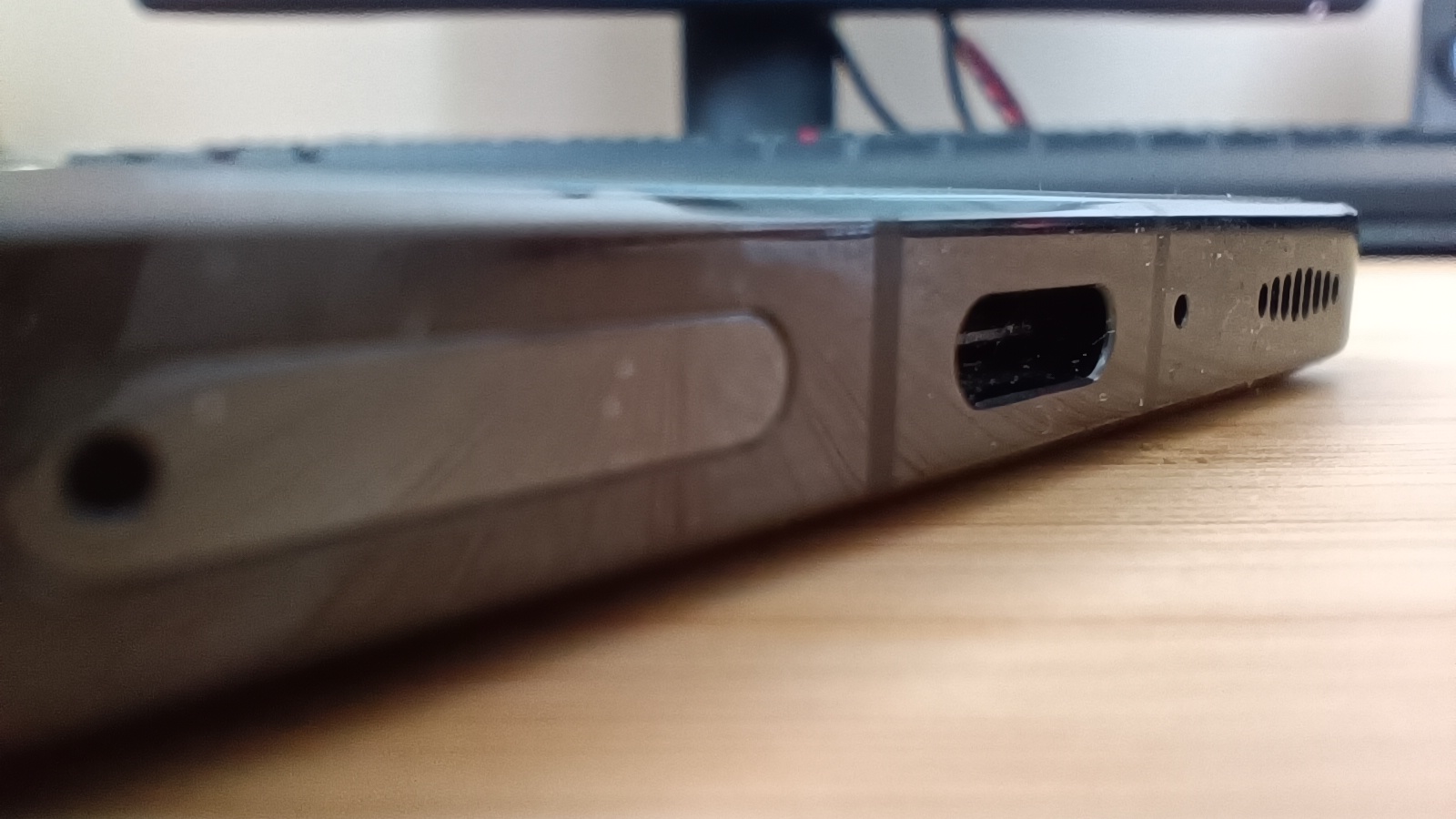
The headline feature of the Xiaomi 13 Pro is its Leica-powered camera (more on that below), but there's plenty to pick out apart from that. The screen is one already covered, and the dual speakers are another. They give any laptop speakers a serious run for their money, with a rich sound with a deep bass and plentiful distortion-free volume. I was thoroughly impressed with the sound performance of the phone, so much so that I didn't even notice until after about two weeks that it doesn't have a headphone jack (RIP).
Thankfully, it pairs effortlessly with any wireless headphones and earphones I threw/Bluetoothed at it, and the one port it has, the USB-C one on the bottom, plays host to a 'Thunder Charge' feature using the included 120W charger, which charged the phone from about 10% to full in just about 20 minutes for me.
The battery lasts well into a second day with moderate use, but I did notice it draining a bit faster on days I used it a lot for photos, video and games. After a year or two of use, I can imagine it struggling to get through the day without needing a top-up.
It runs on its Android 13-based MIUI 14 operating system, which blends and Android base with some iOS touches, such as a split Notification/Control Centre menu and Settings menu. One annoying element here, like so often before with Xiaomi, is the sheer amount of bloatware. I counted no less than three different web browsers, two messaging apps and a... car rental app? The majority of those won't ever be touched, let alone be genuinely useful to most users. Just let us choose what we want in our phones, Xiaomi (and every other phone maker for that matter).
That's only a minor niggle, though, and I haven't even gotten to the best bit yet...
Cameras




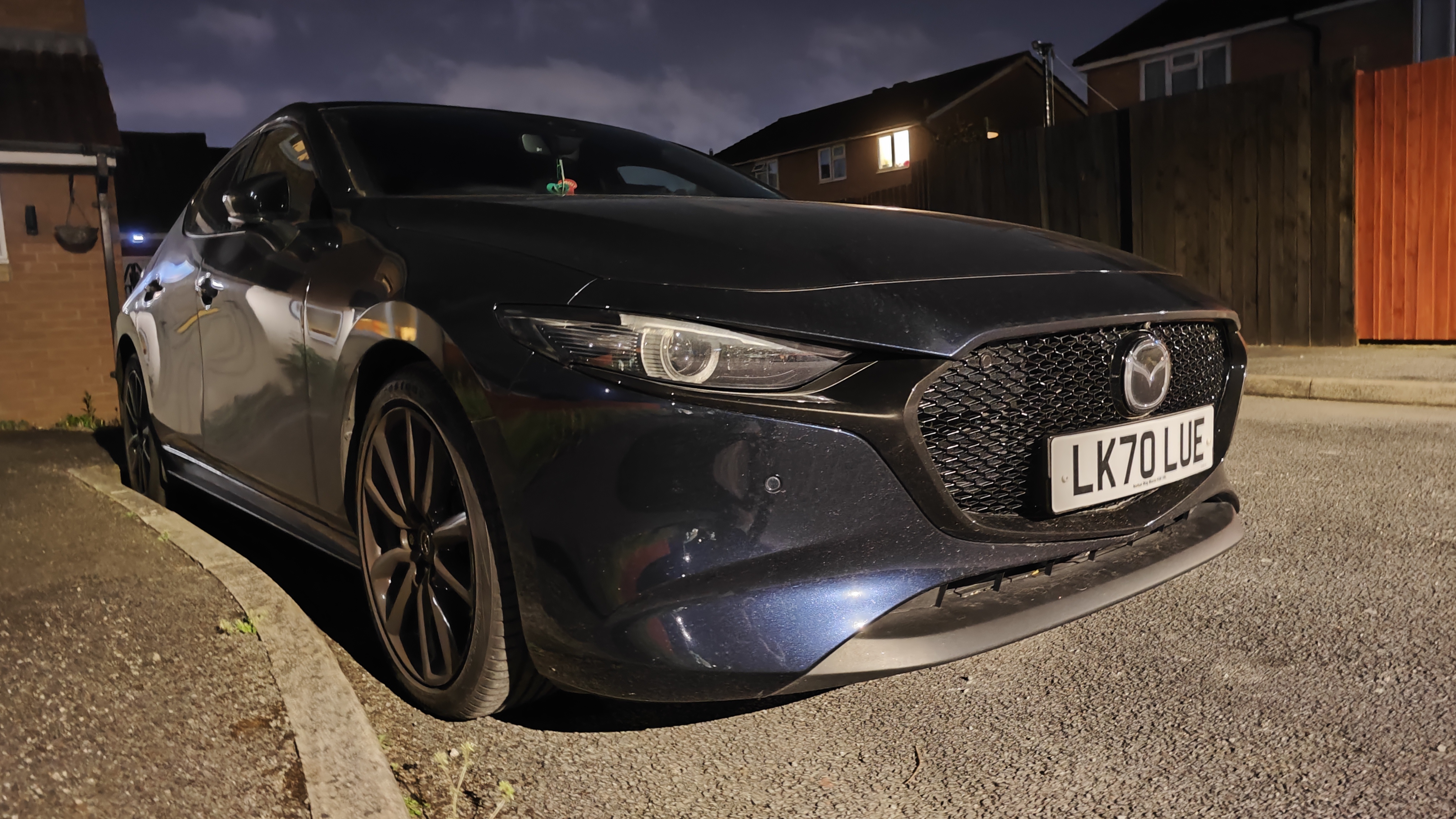


The camera on the Xiaomi 13 Pro is so good that it almost relegates everything else in this phone to irrelevance.
The rear camera casing hosts three impressive cameras, a 1-inch main one, a 75mm telephoto camera and an ultrawide camera too. All are 50MP propositions, with four master lenses, a 35mm black-and-white lens, 50mm swirly bokeh, 75mm portrait lens and a 90mm soft-focus lens. The telephoto lens supports 10cm Macro shooting All of them produce stunning pictures, and in a choice of two 'looks', Leica Authentic and Leica Vibrant.
Authentic creates an earthier tone to pictures, while vibrant makes colours pop ever-so-slightly more, but without becoming too garish or saturated.
It can also shoot video at up to 8K quality at 24fps or 4K at up to 60fps. Slow-motion options go up to 1920fps for ultra slow-motion, and there's a host of 'one-click AI cinema' modes that include automatic zoom, slow shutter modes, night time-lapse and freeze-frame videos. I had immense fun trying all these out, and can see it being a huge asset for on-the-go vloggers and social-media creators to shoot and edit their entire videos in-phone.
The Xiaomi 13 Pro is a pro-quality photo and video-creation machine, and the best camera in a phone I have ever tested myself, even if the 50MP sensor is outdone in pure pixel terms by some other competitors.
The front-facing camera is a 32MP selfie cam with HDR and Dynamic Framing features, and 89.6-degree field of view and f/2.0 focal depth. It works well in daylight and at night-time, just like its rear cameras, and is yet another feather in the phone's well-adorned camera hat.
Performance
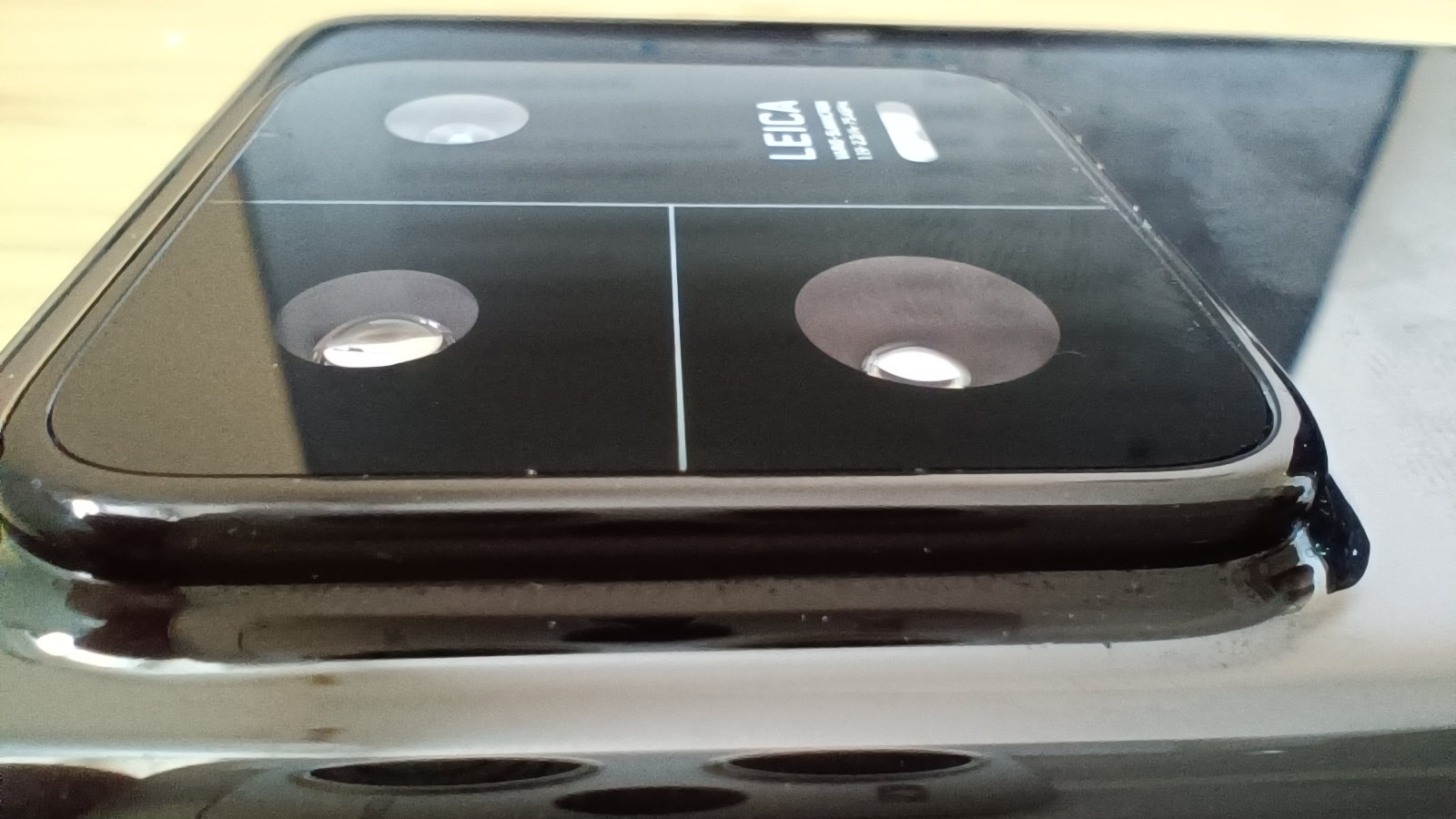
The Xiaomi 13 Pro is equipped with the Snapdragon 8 Gen 2 Mobile Platform processor, which has eight cores, split into one 3.19GHz prime core, four 2.8GHz performance cores (two A715, two A710) and three 2.0GHz efficiency cores.
Benchmark scoring in Geekbench 6 yielded 5,298 points on the multi-core test, which is better than the Samsung Galaxy S23 Ultra, while battery life still lags behind its Samsung and Apple rivals.
The phone doesn't have a card slot, unfortunately, and the only hard drive option for UK buyers at the moment is a 256GB one, with 12GB of RAM. I would have liked to see higher storage options, but that's perhaps a sign that I need to embrace cloud storage a bit better...
Price
The Xiaomi 13 Pro retails at £1,099 / $1,299 before discounts come in, and as it's a brand-spanking new flagship model, we can't really expect those just yet. This is a bump of £/$50 from the 12 Pro, but that can be easily justified with the improved camera and true premium performance on show here.
Should I buy the Xiaomi 13 Pro?
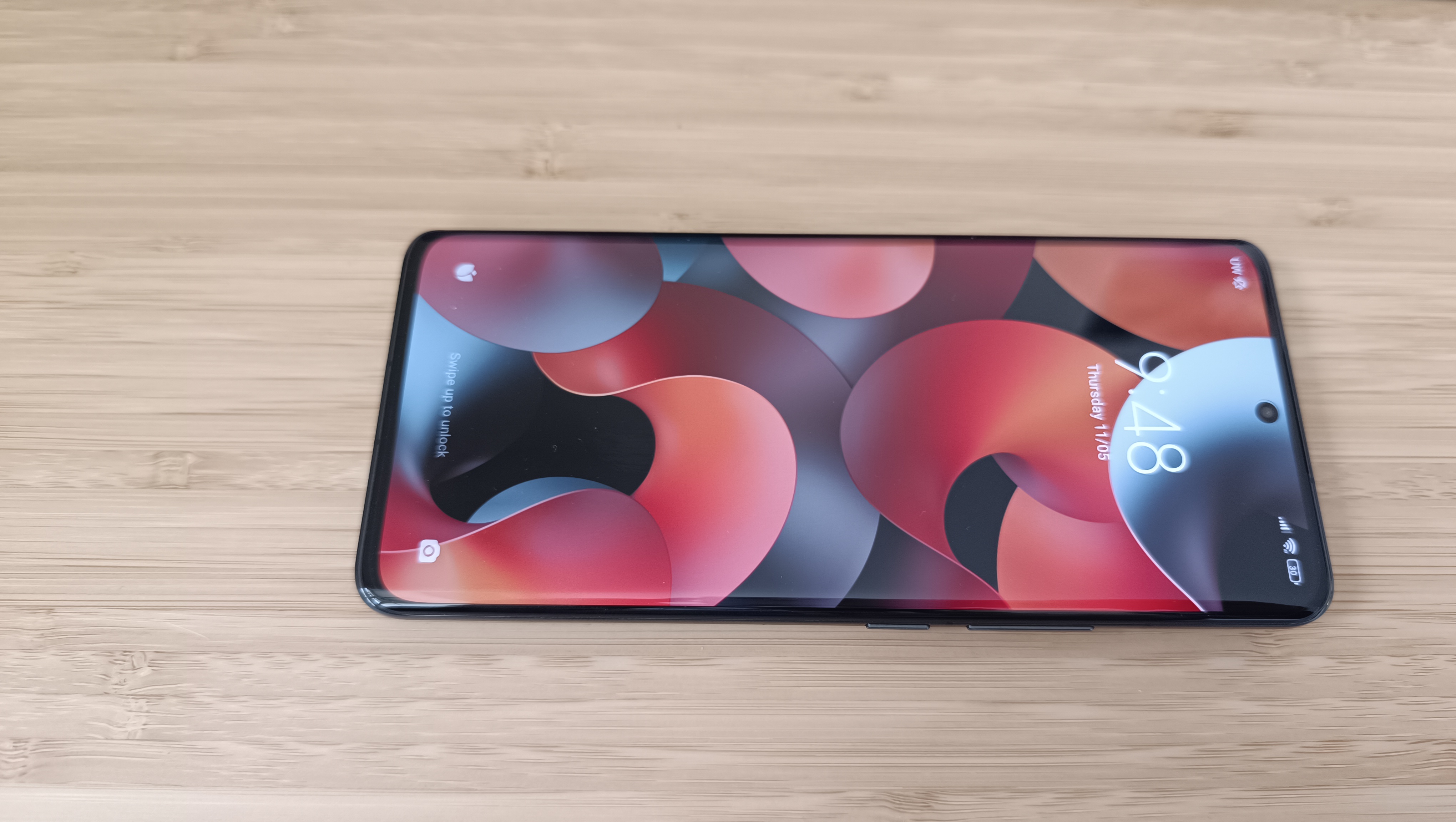
If you're looking for a camera phone that will put some highly rated competitors to shame and don't mind paying a premium for a phone that's not a Samsung or iPhone, the Xiaomi 13 Pro is right at the top of a very short list. Build quality is excellent, the camera is stunning, performance actually beats the S23 Ultra and it looks distinguished (if a little understated). The screen and sound quality is market-leading too, and the host of video and photo-editing options make it a pro-content-creator proposition. The only drawbacks here are a battery life that still lags a little behind its blockbuster rivals and egregious amounts of bloatware out of the box. However, all in all, this is not only one of the best camera phones right now, but in fact one of the best smartphones I've ever used.







